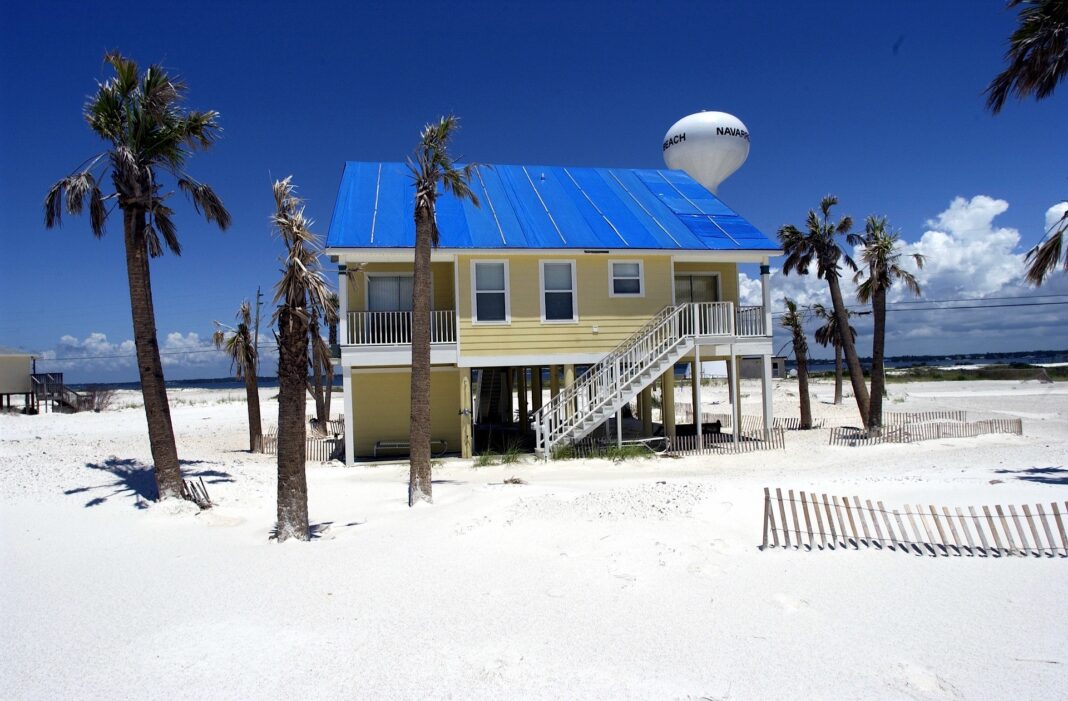People living in coastal areas, such as Florida and Louisiana, take extra measures to ensure that their homes will not be destroyed by the high winds and heavy waves caused by hurricanes. If you live in a hurricane-prone area and are preparing your home for hurricane season, here are some steps to make your home hurricane ready. It is essential to take precautions when building a home in a hurricane zone.
Unless your house is built to withstand these forces, making it hurricane ready will be difficult. It is best to determine whether your home is built to withstand these forces before deciding on repairs. Secure the foundation with hurricane straps and nails. These metal straps attach your home’s support beams to the concrete foundation. Even smaller storms can cause significant damage if these straps are not in place, so ensure they are securely fastened before any storm.
Install storm shutters
If you have a high-rise home with multiple stories, installing storm shutters on the first floor is wise to secure your home to withstand winds of up to 143 miles per hour. They help protect your home from the damage caused by winds and flying debris during hurricanes. They also help prevent water damage due to flooding from trees that fall during a storm.
It is essential to be prepared for storm surges, as they often cause significant damage to buildings. If you live in a high-rise home, it is necessary to have storm shutters installed on the first floor. Shutters make the entire building safer and more secure: they can withstand winds up to 143 miles per hour and will prevent water damage caused by wind-driven rain.
Install surge-resistant lights 
Lighting should be installed in your home to see it at night after a hurricane. Installing lights in the ceiling or in a low-trapped area where potential flooding could occur is a good idea. LED lighting is the only lighting material that will not power down during and after a storm. In some cases, it is best to use motion sensors and photocells as backup lighting.
Install gas-powered generator
A gas-powered generator Naples Florida will allow you to run essential appliances such as refrigerators, lights, and televisions long after the power goes out. It is also necessary if a storm causes your home to flood or if you need a way to keep your beverages cool during any extended power outages. It should be installed away from living areas because fuel is dangerous when it comes in contact with skin.
Install battery-operated appliances 
If your home is in a hurricane-prone area, you should not depend on the power supply from the local utility company. Instead, it would help to consider investing in battery-operated appliances that can be used during extended power outages.
Install water drainage pumps
Coastal homes need to have a way to drain storm water so that it does not flood the living areas of your home. One way to accomplish this is to install underground drainage pumps and pipes with openings near where the water is expected to enter your home.
Another method for draining water from rain gutters is simply hanging a bucket below the gutter spouts. Before each hurricane season, test these methods to know if they work when you need them most. It is a good idea to install a second pump in a nearby area in case the first one fails.
 Install air conditioning
Install air conditioning
During hurricanes, rising flood waters can cause water damage to your home’s electrical panel, causing all electrical equipment to fail. In addition, without an air conditioner, your house will become very hot and muggy when the power goes out.
Air conditioners should be installed as far as possible from where water will be entering your home to protect them from flooding damage. While putting in an air conditioner is not difficult for most people, you must remember that it should always be located in a safe area inside the home.
Install ceiling fans
While many people want their homes to appear more attractive, paying attention to the importance of proper ventilation during hurricanes is essential. Ceiling fans are a simple way to keep calm if your air conditioning fails. Installing ceiling fans in your living room and your bedrooms is a good idea.
Making your home hurricane ready is more challenging than it may seem, but it can be done if you invest the necessary time and money. It is best to start preparing for hurricanes as soon as you can. If a specific area of your house needs improvement, take care of it before hurricane season arrives. It is good to look at this list of hurricane-proofing measures before starting out on that project. You must also test whatever you install before the hurricane season begins.
Install impact-resistant glass 
Installing impact-resistant glass is one of the most important things you can do to make your home hurricane ready. For your windows, you need either laminated or tempered safety glass. Impact-resistant glass is a better choice than any other material because it will not shatter when strong winds hit it.
If the storm surge reaches the point where you are forced to evacuate your home, keeping your windows intact during high winds is extremely important. Impact-resistant windows will also keep you from removing your furniture after the storm surge, another aspect of hurricane preparedness that should be considered during the building process.










